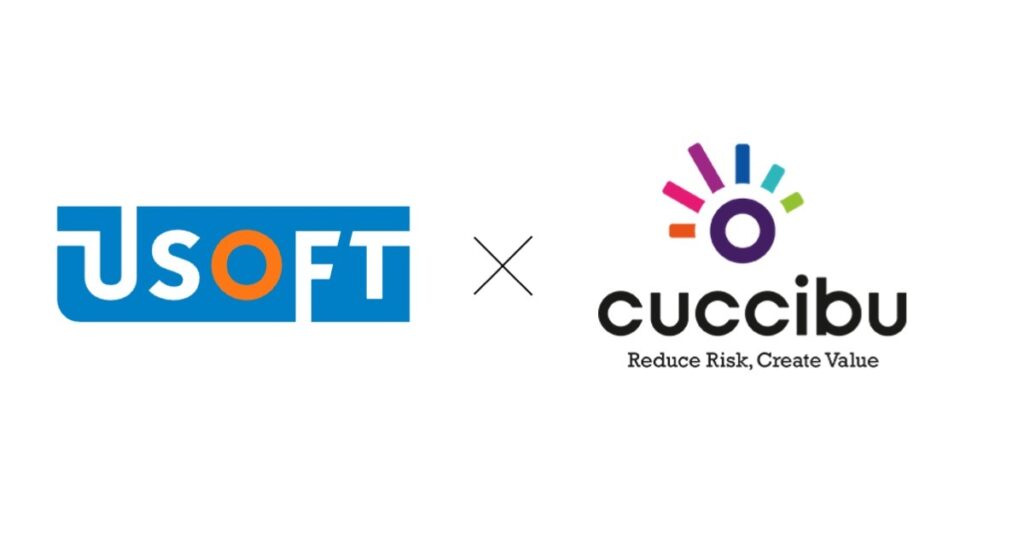As organizations grapple with ever-increasing complexity, the value of business rules becomes ever clearer. By focusing on business rules instead of processes, it’s possible to model the business in a way that stimulates Agile software development, delivers robust and flexible software solutions and creates a resource that the entire organization can benefit from.
However, despite the clear advantages of using business rules, many companies struggle to implement and manage them effectively. Your employees must be given the right support to ensure business rules always surface at the right moment, and that the rules themselves are well-organized and maintained.
Abandoning the obsession with processes
In a previous blog about business rules, we wrote about how organizations can reap significant benefits, such as improved processes and unlocking future innovation, by paying more attention to business rules. Every business has policies, criteria, ‘checkpoints’, and regulations (internal & external). These help you achieve specific goals and ensure that key value drivers and ‘must haves’ are achieved.
It makes good sense to run a business in a particular way. The tendency, however, is to think of these things purely in terms of processes – describing the specific order things are done, and by whom. Although processes are very important, they fall short of capturing the intricate details involved, and any attempt to add details to process thinking creates a layer of additional complexity with limited transparency.
By contrast, business rules can use just a few words to stipulate a lot of detail about the specific conditions and criteria that apply to actions. Business rules form an integral part of every process in your organization. Business rules also use natural language to express such criteria and conditions for actions, perfectly reflecting the business perspective.
This perspective of business rules has powerful implications on how organizations work. Take for example, fields like supply chain optimization, procurement conditions, and e-commerce logistics, where processes can instantly require change to adapt to new rules as a result of changing market conditions and regulations.
An example of a business rule might be something like ‘when a customer reaches a spending threshold of X, they must be contacted by an advisor’, or ‘when an order is sent to country X, then it must be sent via logistics company Y.’ A simple sentence says exactly what you want to happen. These rules may be just a few words, but they can be applied in many different contexts. However, it’s essential that the proper rule surfaces whenever it is needed. How can this be achieved?
Using global standards for capturing and managing business rules
In 2008, the Object Management Group came up with an international standard for business rules: Semantics of Business Vocabulary and Rules (SBVR). This global standard is what the Usoft Studio business rules management solution works with.
SBVR is a language standard that gives business rules clear standards, comparable to familiar standards used for processes. For example, Business Process and Model Notation (BPMN) is the standard used for processes, which places these in a flow-chart type of arrangement. Similarly, SBVR enables rules to be handled in a uniform way by various software and platforms.
Business rules written in SBVR are more ‘atomic’ than processes. Unlike processes, which can only be properly understood and evaluated as a whole, rules can be examined on their own for validity. This makes it easier for a business to look at its rules and ask itself: ‘Is this how we want it to be?’ It also means that individual rules can be updated or removed, without needing to track down where the rules are applied; when the rule changes, any process that uses it is also updated.
When we consider the impact this has on software development, it’s clear that business rules are much more closely aligned with modern approaches to software development (like low-code, Scrum/Agile), while BPMN almost requires a waterfall approach. With rules, you’re better prepared for future innovation.
One database
Business rules can only work when they are combined with a well-defined business vocabulary. You want a database of interrelated rules, terms, and definitions that’s easy to maintain.
Your rules might be used in many different contexts, but they’re only recorded once. As a result, you have a compact, highly visible, single source of truth for your entire business.
With one database, it’s much easier to employ software tooling that can help deploy the right rule at the right time, without any human effort.
Overcoming resistance to business rules
One reason companies can struggle to implement a rules-based business is internal resistance to change. This must be tackled head-on if you want to successfully implement this improvement. While many people quickly see the advantage of using small pieces of text to define how a business works, others take some persuading.
Change management
People like the sense of knowledge and control that flow diagrams give them, and feel more comfortable thinking in these terms. Visual thinkers will be more naturally drawn to colorful boxes and buttons than a list of simple text. Abandoning these sources of comfort will feel unnatural to them, so change management is needed, and the advantages must be clear.
Not new, but improved
It’s important to highlight that you already use business rules, just not in a particularly effective way. Most companies constantly exchange large volumes of documents that include business rules in some form – it’s just that now you’ll be doing it in a simplified and visible system.
Make it easy
Another important factor in your implementation comes from how easy you make it to use business rules in a practical setting, for example with the Usoft Studio solution. Thanks to your compact database of business rules, this kind of tooling can easily ensure the right rules are applied when needed. This can take a large burden from colleagues and enable innovations like web apps, that use your business rules in new contexts. Whatever the future holds, it’s easier to adapt with your portable database of rules.
Start small
Most businesses see the greatest success in implementing rules when they start small, learn, improve, and scale up the process. This is because it can be a steep learning curve at the very beginning of this change.
The best approach is to choose a well-defined project, and use that as a launchpad for navigating your process and gaining experience. Building on that learning experience, you can start to develop a smoother process that works well with your business.
Your well-defined project should be something that’s relatively simple, but with a clear driver for change – something with value but clearly needs improvement. By starting in this focused way, with a small project, it’s much easier to work alongside familiar systems people are used to, and build up the practice gradually.
Connecting business rules with business software, ERPs, and legacy software
Creating business rules with natural language is easy. The tricky part is making sure the right rules come up when they’re needed.
It’s good to know that there are software tools made specifically for the management and application of business rules, and these can work seamlessly with business software, software development processes, and other scenarios. These are known as rules engines.
When people think about business rules software, they often make comparisons to inference engines, which have some similarities. However, these are very specialized tools, which operate using a specific procedure with a decision tree to find an answer.
By contrast, a rules engine can be much richer and more powerful in a business context. Your rules can be used in multiple scenarios and decision trees, and, by using a rules engine, they can be applied to different types of business software, where data is key.
USoft offers rules-based tooling at two levels. At one level, a rules engine builds a network of natural-language rules because it automatically understands how these rules are related and when they need to surface. At another level, a rules engine actually implements sets of rules by turning them into working business software.
When faced with the challenge of legacy software, business rules present a unique opportunity. The atomic nature of rules allows businesses to effectively reverse-engineer their dependable legacy software in a piecemeal way, looking at each specific process and context and deriving relevant rules from them.
The special qualities of business rules are ideal for developing modern business software because they enable businesses to model exactly what the software needs to do to reach specific business objectives. This clarity is important, because more than 40% of software projects go over budget, and 30% fail entirely. The cause of this is almost always the same: unclear business needs and inconsistent requirements.
Using a rules-based approach, everything starts with a business rule that reflects the business perspective, and the collaboration between business and IT is made much clearer.
Learn more about Usoft Studio and how it can help get your projects done right and on time, including features that enhance collaboration, detect inconsistencies, and help you accurately capture your processes and business rules.





